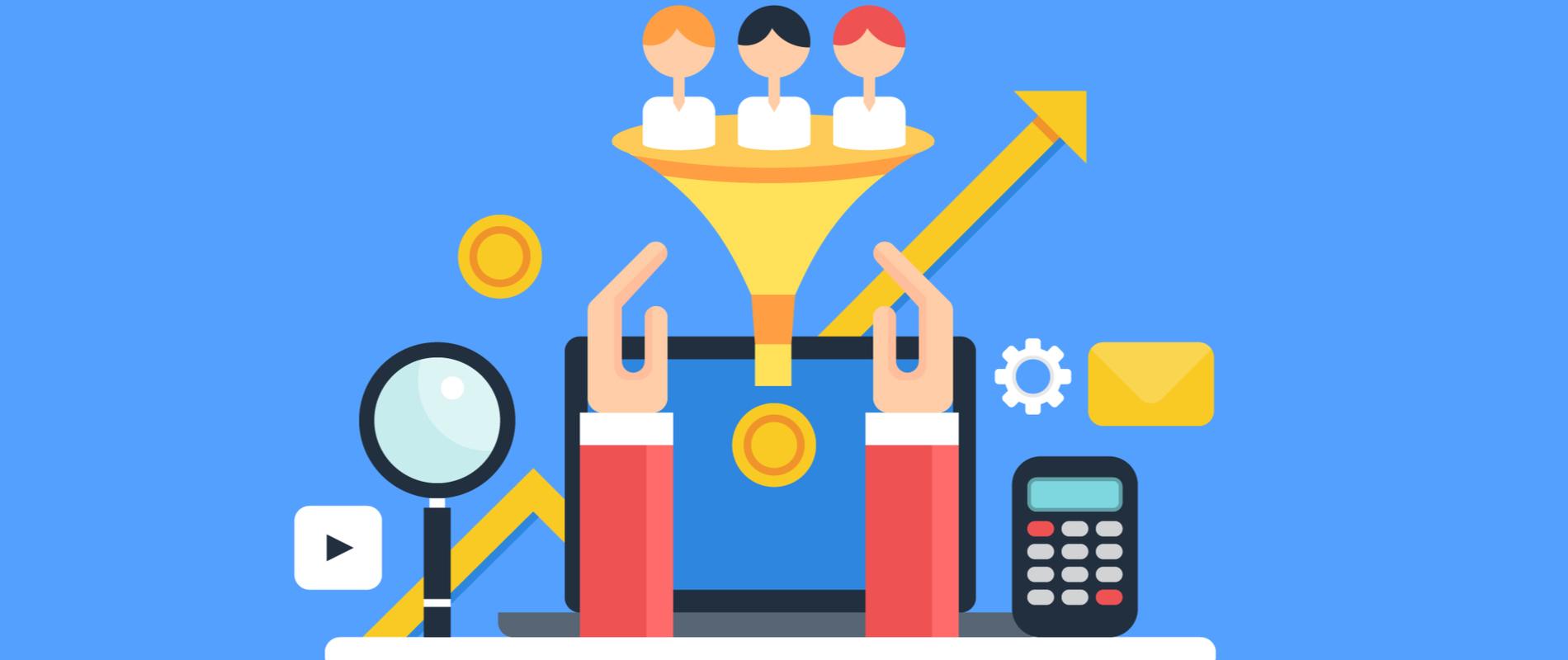One issue that we often see here at SpotDev is businesses who come to us with plenty of traffic, but who have difficulty turning that website traffic into tangible leads, and from there into paying customers. How do you turn those website visitors into leads?
In this blog, we’ll be looking at methods of doing just this. If you think the problem is more to do with getting the wrong type of visitors, have a look at our guide to buyer personas, which can help with this.
How To Build Better Lead Conversions
It’s a good idea to run through a few definitions, for visitors, leads, marketing qualified leads (MQLs) and sales qualified leads (SQLs) and customers.
For this, we’ll be using the definitions from Hubspot.
Some short definitions
Visitor - A visitor is someone who has visited your website. All traffic you get begins as a visitor, but as these visitors engage with your website, they can move through the stages of the customer lifecycle.
Lead - Leads are those who have engaged with your website in some way. Typically a lead has filled out a form with more than just an email address, often for some sort of content-based offer on your website.
MQL - Marketing Qualified Leads, commonly known as MQLs, are those people who have taken actions that identify them as more deeply engaged, sales-ready contacts than your usual leads, but who have not yet become fully fledged opportunities.
SQL - Sales Qualified Leads are those that your sales team has accepted as worthy of a direct sales follow up. Using this stage will help your sales and marketing teams stay firmly on the same page in terms of the quality and volume of leads that you are handing over to your sales team.
Customers - These are your actual, paying customers.
It’s important to work out the definitions of MQL and SQL with both your marketing and sales teams so that everyone understands what each stage is, and when a contact will be a member of each.
Now that we understand the lifecycle stages, we need to think about ways to push visitors all the way to becoming SQLs, and then paying customers.
Some techniques for converting visitors to leads
The most basic way to turn visitors into leads for your business is to have them fill in a contact form. Almost every website has one, but it’s important to ensure that the contact form is easy to find in the website navigation. Additionally, you may want to have contact forms on your service pages, and CTAs within your blogs.
It’s also important to consider the styling of your forms, including factors such as the number of fields. You’ll want to keep them as concise as possible (it has been shown that shorter forms are filled in more often), while still getting the required information. Using dynamic forms that change based on the lifecycle stage of your customer is a way to collect more and more information over time.
Another method of acquiring more leads is with content offers, which are gated offers that your target buyer personas would find useful, such as eBooks, whitepapers, videos and more. Gated content works by requiring that the user must first give up their details to get the content.
This serves two purposes. It gets you their information, and also allows you to qualify them – users who download content offers are usually more engaged. In addition, the buyer’s journey stage of the content offer can help you to determine how engaged the user is. Auser that downloads an awareness offer may only become a lead, but a user that downloads a consideration offer may be worth moving right to an MQL, or even an SQL.
These methods can help you increase your lead conversion rate, but if you already have them, how can you keep improving your business to convert even more visitors to leads?
Growth Driven Design (GDD) can help with this.
How growth driven design (GDD) can help
Growth Driven Design is a method by which you can take a more analytical and structured approach to improving your website. We have a great blog on the topic here.
However, the GDD process can also be applied to improving your content offers and lead generation. By setting up sprints where the team looks to improve a set content offer and analyses the effectiveness of the changes made. These learnings can then be applied to other campaigns, working on them one at a time to enhance conversion rates and get more leads.
By adopting a documented, analytical system, with set goals and points for feedback, you can have a much more efficient and effective approach to improving existing content offers and adding new ones, compared to simply making improvements that you feel will do well.
Conclusion
Lead generation is often a bottleneck that can hold a business back from being truly successful online. Fortunately, there are a number of ways you can improve it, and with the advice shared in this article, hopefully, you’ll be able to take steps to improve the conversion rate of your website.
Stay Updated with Our Latest Insights
Get expert HubSpot tips and integration strategies delivered to your inbox.



